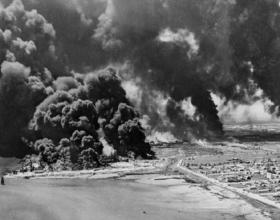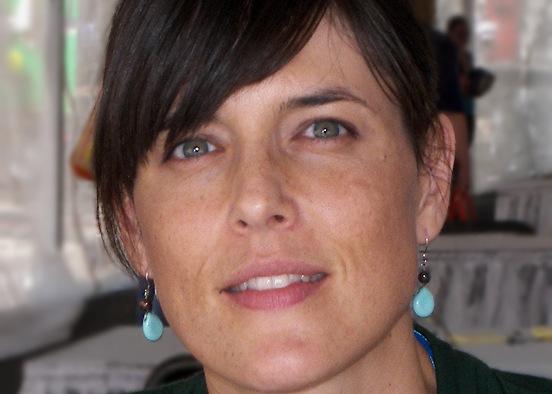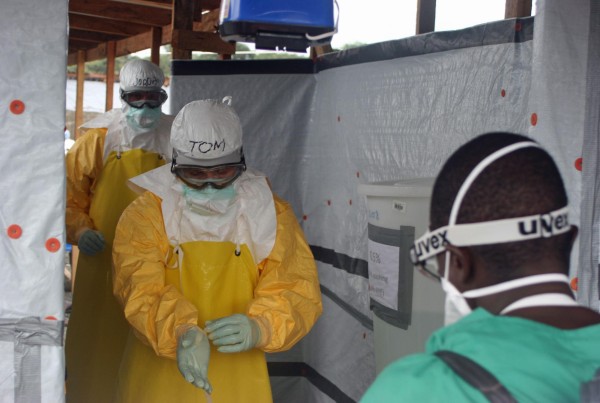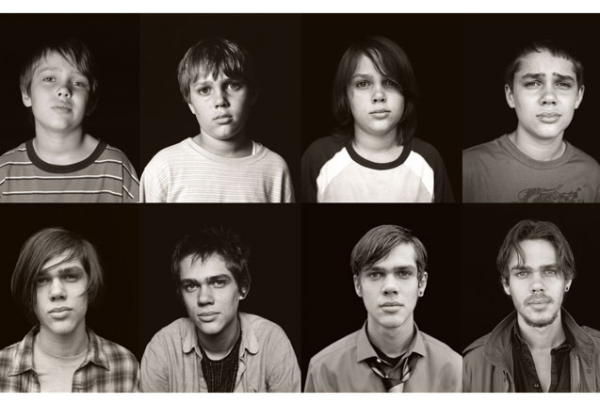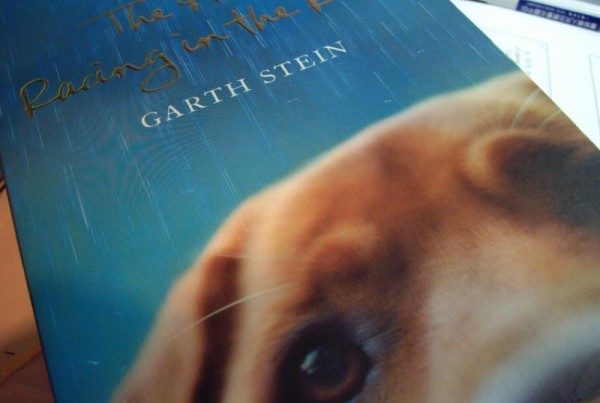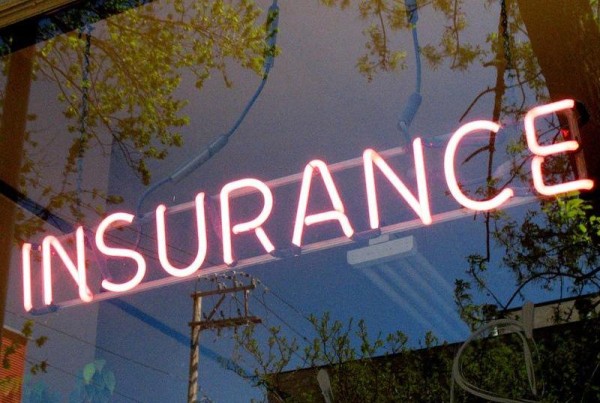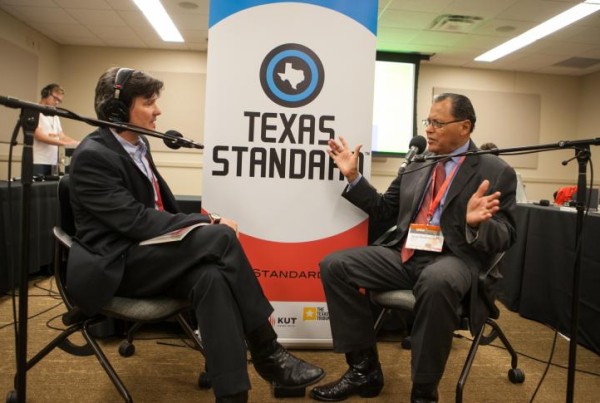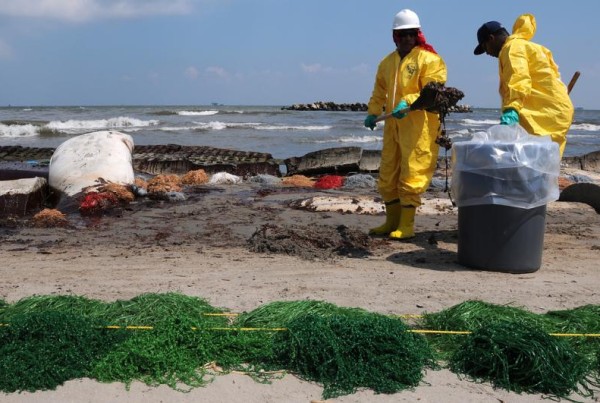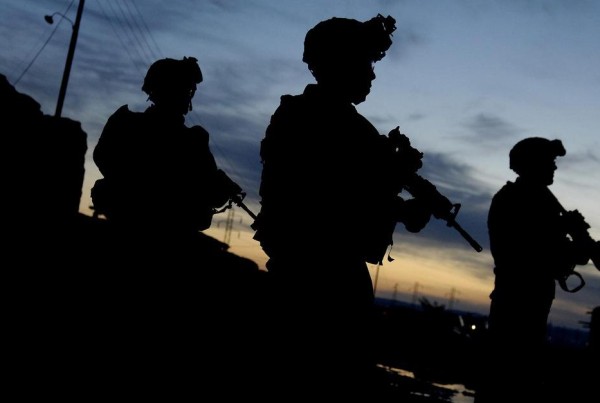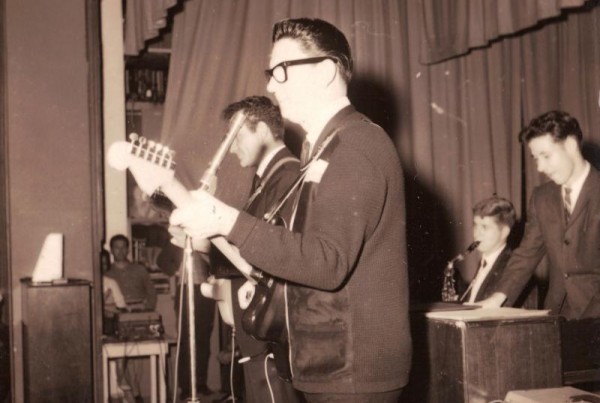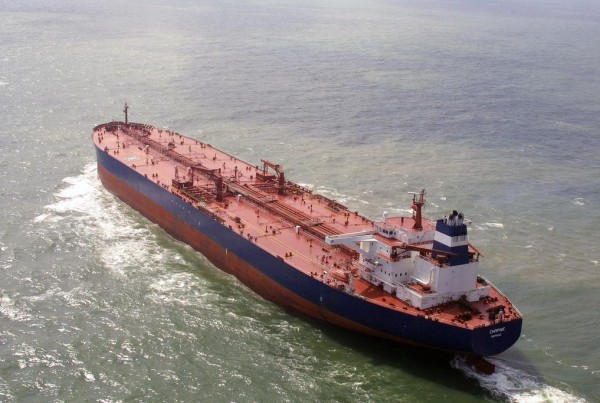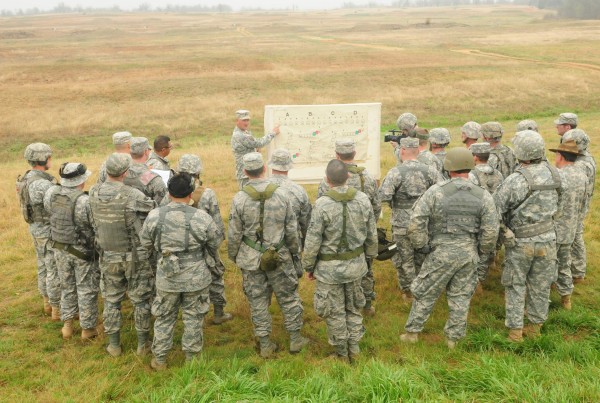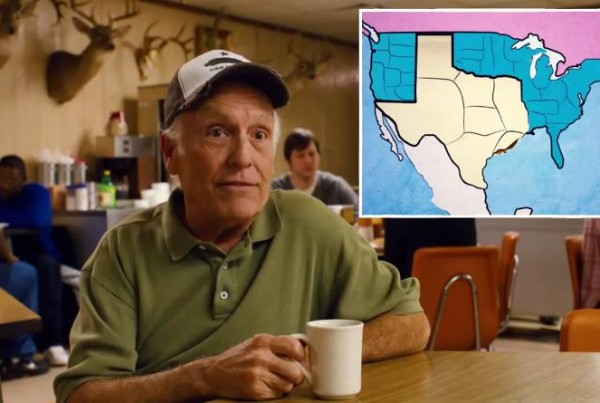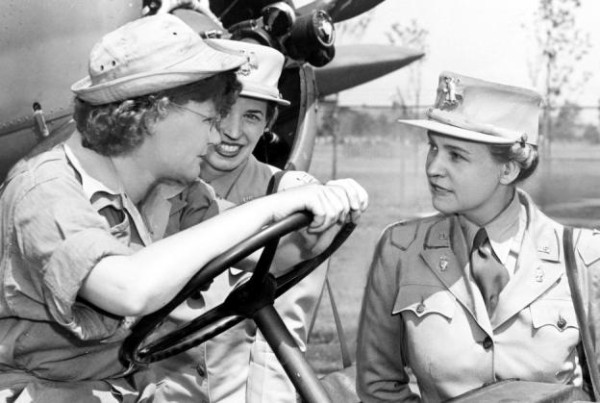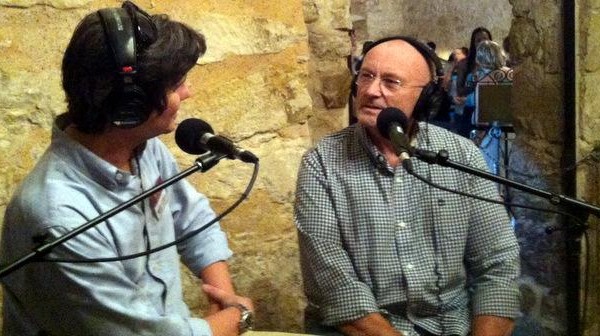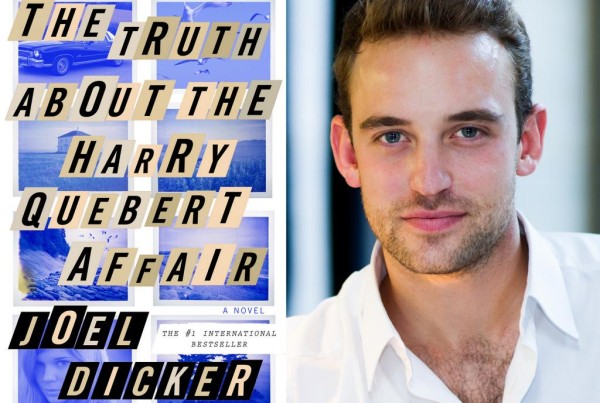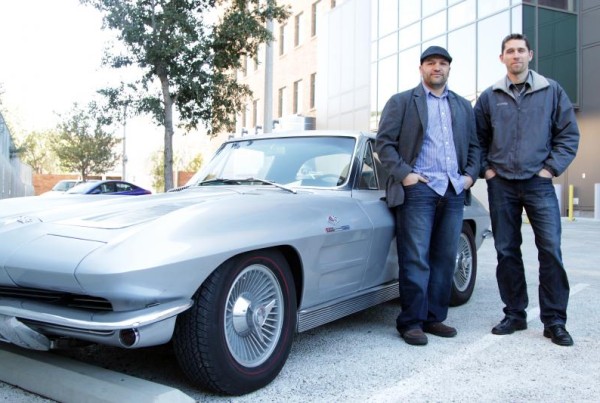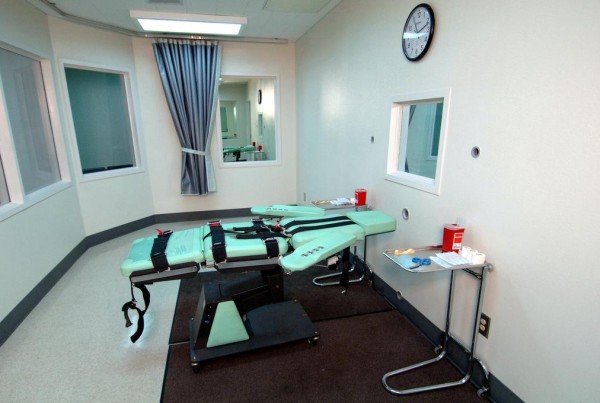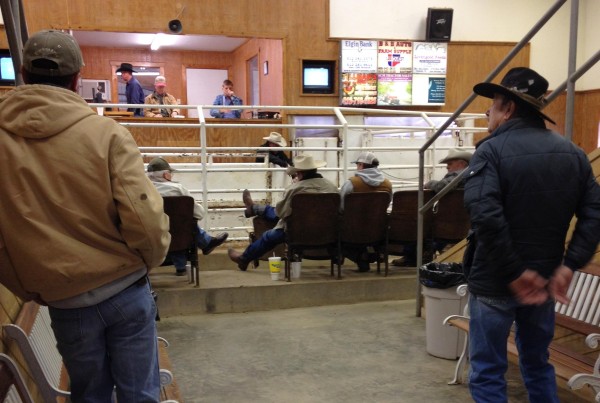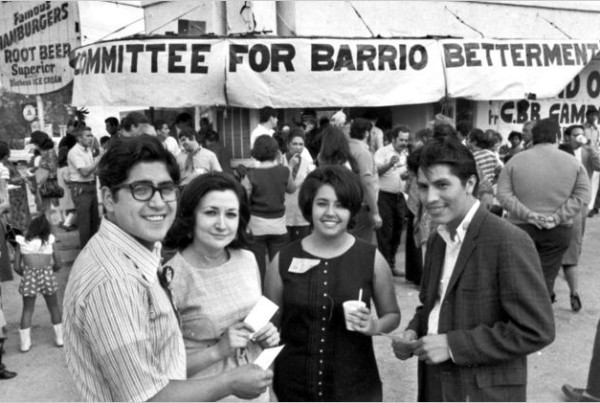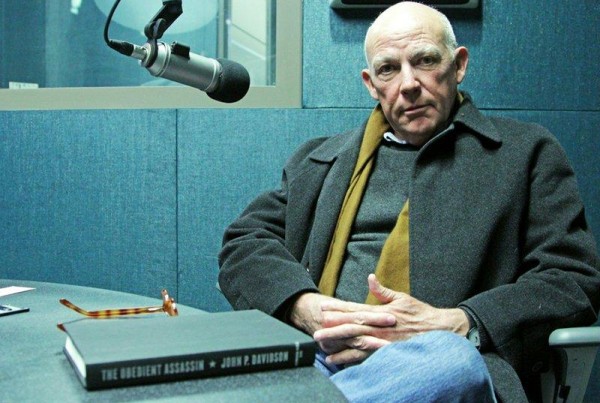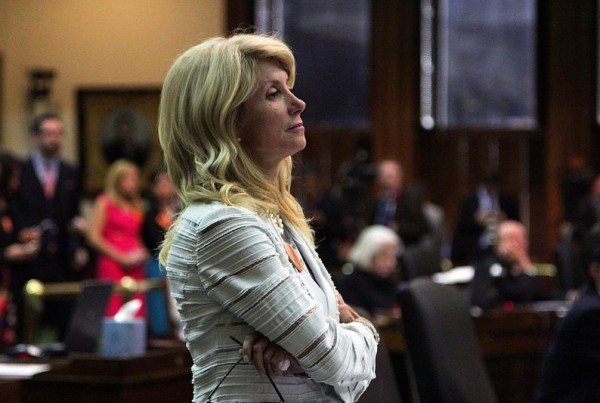April 17 marks exactly a year since one of the biggest industrial disasters in American history: the explosion at the fertilizer plant in West, Texas that left 15 people dead, more than 150 injured, and large parts of the town flattened and destroyed.
Shocking as it was, the West explosion is not the worst industrial disaster in American history. That anniversary is today, April 16 – marking 67 years since the Gulf Coast town of Texas City was razed.
Award-winning journalist Bill Minutaglio is the author of the definitive work on that event: “City on Fire: The Explosion That Devastated a Texas Town and Ignited a Historic Legal Battle.” Minutaglio recently spoke with the Texas Standard’s David Brown about the often-forgotten history and overlooked legacy of the disaster.
In 1947, Texas City was a magnet for G.I.s back from the war and looking for work. There were jobs aplenty in Texas City. The port was the fourth largest along the gulf, and Monsanto was busy adding lab workers at its chemical facility. A growing petrochemical infrastructure could be measured in the miles of coiling pipe and columns of flame shooting into the air.
On April 16, fire broke out on a French freighter loaded with ammonium nitrate. The chemical was bound for Europe as part of a Marshall Plan effort to aid post-war recovery.
As the morning progressed, crowds of onlookers watched the growing orange glow of the fire aboard the S.S. Brandcamp until suddenly – and without warning –the ship detonated.
“It was an apocalyptic moment,” Minutaglio says. “People described it as (similar to) a nuclear attack.”
Indeed, it was one of the largest non-nuclear explosions ever recorded. Bodies cartwheeled 40 to 50 feet in the air. Cars in parking lots far from the blast were reduced to blackened skeletons. An anchor weighing several tons rocketed out of the water, landing several miles away. Factories caught fire and an epidemic of smaller explosions set the city ablaze. “Planes flying overhead were shot out of the sky,” Minutaglio says. “There was a 15 foot tidal wave that moved up and down the Texas coast.”
Although the official death count was just shy of 600, “no one really knows how many people died,” Minutaglio says. “Many just vanished.” More than 5,000 people were injured.
And yet the worst industrial disaster in U.S. history is almost forgotten by many – something that Minutaglio says haunted and inspired him to write his book (originally published in 2002, it has been recently reissued by UT Press).
“There are many, many lessons to be learned, like the need to examine or talk more, at least, about regulation and oversight,” he says. Ammonium nitrate, the chemical at the center of the Texas City explosion, was blamed for the explosion at the fertilizer plant in West, Texas.
The Texas City disaster triggered the first ever class action lawsuit against the federal government, on behalf of more than 8,000 victims. Although compensation was denied by the courts, Congress stepped in to provide payments to victims in the mid-1950s.


